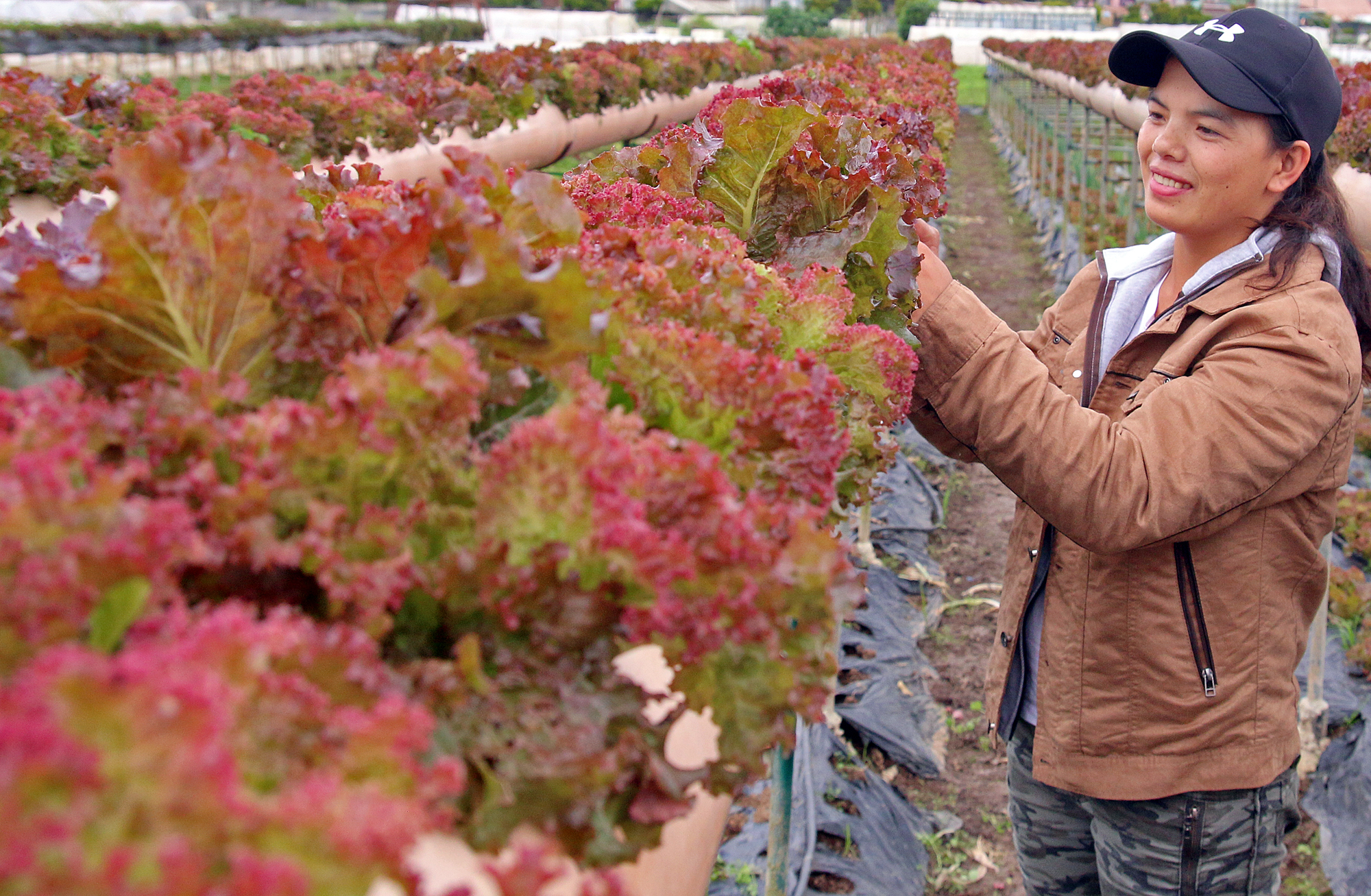
From 2008 to 2018, the Philippine agriculture workforce dipped from 35% to 26%.
The alarming nine-percentage point drop means there were fewer farmers last year than ten years ago.
The figure is unnerving considering that people continue to eat. With the obvious decline in the number of those involved in food production, you wonder where you will get your food in the years to come.
In the Philippines, households spend more than half of their monthly funds on food, which points to another obvious reality—there is money in agriculture.
Sadly, no new blood seem to be interested in the industry of growing and raising something for food requirements. And with the average age of Filipino farmer getting older at 57, the work force may soon become extinct.
To ensure that tomorrow’s generation will not go famished, it is the social responsibility of everyone to set in motion plans of action that will encourage the young ones to take interest in farming, fishing, raising livestock and similar agri-fishery activities.
But to meet this challenge, we have to take into consideration that agriculture has never been an attractive field for the youth. It is often perceived as an undercompensated hard labor. Some call it jologs or baduy, and other similar shameful moniker.
However, farming and fishing are noble professions that have continued to feed and reinforce our nation, nutritionally and economically for many years. We just have to reintroduce to the younger generation its advantages and merits, and allure them to go into the business of agriculture.
Alluring young Pinoys into agri
Government, in partnership with the private sector, thus have to reintroduce to the younger generation of Filipinos the advantages and merits of growing food, so they can be enticed to go into the business of agriculture.
Image building. Agriculture has been painted as a not-so-likable sector, often portrayed as outdated and financially unrewarding. But there have been so many success stories of young entrepreneurs who have championed in the fields of farming, fishing, livestock raising, and veggie growing, as well as other agribusinesses. It is therefore imperative that we start painting a different picture of agriculture and create a greater awareness on the benefits of different agri pursuits.
Start them young. Lessons in agriculture must be inserted in the regular school curriculum. As such, students will have knowledge of the basic and develop an appreciation for the science and art of food production. Starting them young may also result to an evolved interest in professions related in agriculture.
Better agri-education. To encourage the youth to study agriculture, there must be a link between what is actually being taught to the technological advances and innovations available. The sector must be presented as an evolving-dynamic industry that presents opportunities in different fields. As such, students must be trained in decision-making and leadership in preparation to the diversity of careers that may be available for them in the future.
Access to credit and other assistance. Starting an agri project as young people may be difficult if not seemingly impossible due to lack of funds. Credit windows must be made available for them, to include mentoring and coaching sessions on responsible financial management. To avail of the loan, they must first present proposals to be approved by a pool of industry experts.
More agri-infrastructure. One of the most common reasons why young people identify agriculture as a dull and boring sector is the absence of facilities and mechanized centers. For many years, the government has not prioritized the agriculture sector. To make it appealing to the young generation, investment and public funds must be allotted to the establishment of more infrastructures for production, post-production and value-adding, which will also enable a more competitive food sector.
Let their voices be heard. To truly engage the youngsters, and give them a sense of belongingness and importance, their ideas and opinions must be heard. They must therefore be encouraged to speak their minds. This will give the policy makers and officials of concerned government institutions a clear picture of what needs to be done from the point of view of the next generation of champions.
Social media. The young generation’s addiction to social media can be used as a tool to lure them into agricultural activities. Since Facebook, Instagram, Twitter and the likes are the go-to channels of the young Filipinos for information and trend, advertising in these platforms can persuade them to engage in agricultural ventures.
Digitalization. Various forms of information and communication technologies (ICT) are being used to create, access, disseminate, store, manage and communicate information in digital forms. Using smart phones, computers, the internet and other telecommunication systems in relaying information about agriculture is encouraged and favored. Also, ICTs may serve as useful tools for network-building and employment.
What’s in it for me? Future feeders of the nation must be assured that they will gain something once they ventured into agriculture. Monetary benefit is always a good reinforcement for any cause. When encouraging outcomes are guaranteed, they may be inspired to become a new breed of farmers and fishers and take (and keep) a career in agri-fishery.
As the Philippines’ population continues to grow, the demand for food will inevitably increase. Following this premise, we need a generation of spirited and diligent young Filipinos to feed our nation, and a government to help them do it. ### (odarodriguez/DA-AFID)













